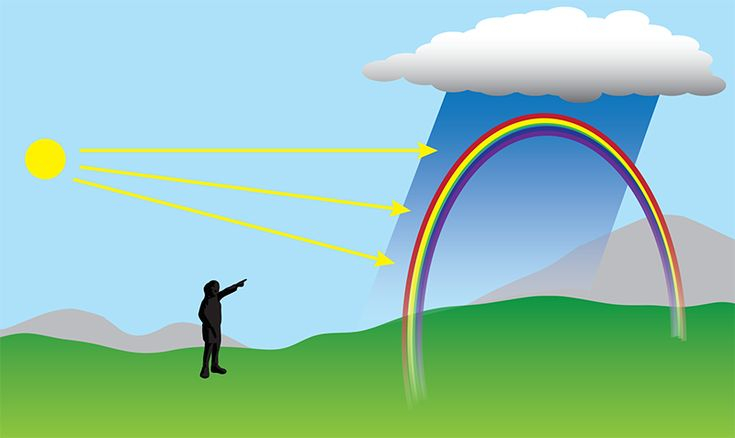What causes a rainbow?
A rainbow is an arc that depicts all of the colors and wavelengths that comprise visible light. A rainbow is made up of seven hues that always appear in the same order: red (with the longest wavelength), orange, yellow, green, blue, indigo (a deep reddish-blue that is frequently difficult to discern), and violet (with the shortest wavelength). To recall the sequence of those colors, use the first letter of each to form ROYGBIV, which is pronounced "roy-jee-biv".
A rainbow arises when sunlight travels through water droplets and is refracted or twisted into various wavelengths by their rounded form. Rainbows can be seen in the mist of waterfalls and the sky during a rain shower when the Sun is still shining. In the sky opposite the Sun, a rainbow emerges. Because the Sun must be low in the sky, close to the horizon, late afternoon is the optimum time to seek for a rainbow if the day has been bright with a few brief rain showers or thunderstorms.
















